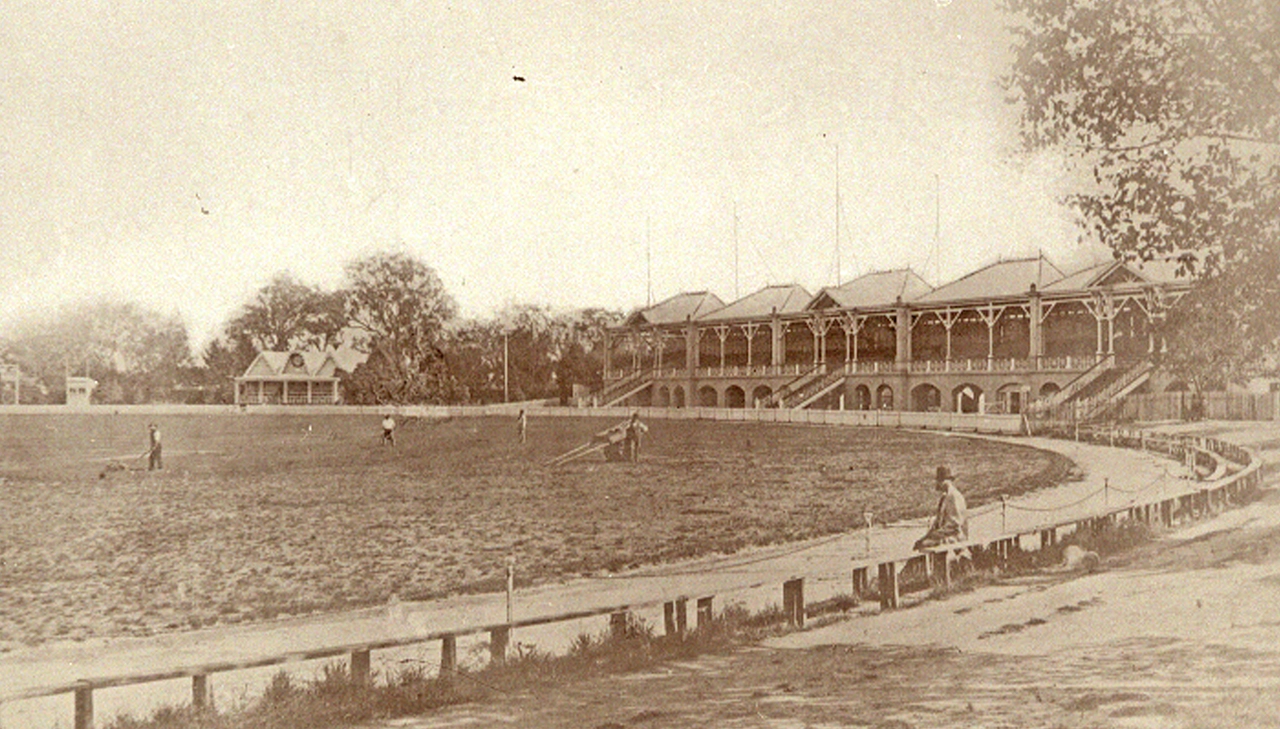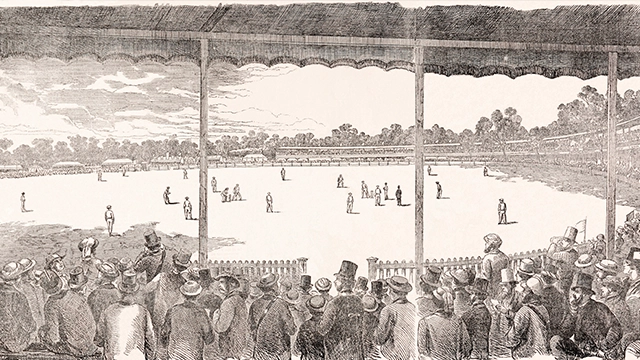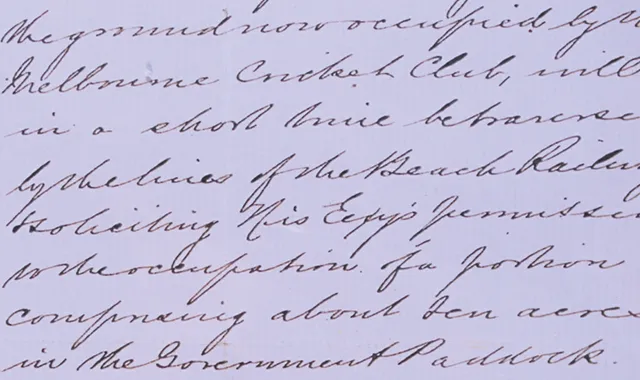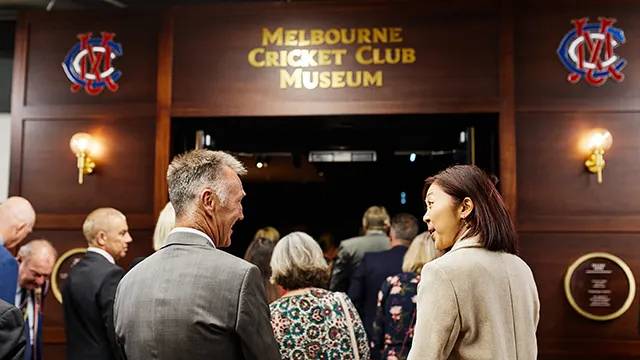1838-1839
| 1838 |
|
| 1839 |
(20 members)
|
1840-1849
| 1841 |
|
| 1846 |
(40 members)
|
1850-1859
| 1851 |
|
| 1852 |
|
| 1853 |
|
| 1854 |
|
| 1856 |
|
| 1858 | (204 members) |
1860-1869
| 1861 |
|
| 1862 | (381 members) |
| 1864 |
|
| 1866 |
|
1870-1879
| 1870 |
|
| 1873 |
|
| 1875 |
|
| 1876 |
|
| 1878 |
(534 Members)
|
| 1878/1879 |
|
| 1879 |
|
1880-1889
| 1881 |
|
| 1882/1883 |
(1500 Full Members)
|
| 1883 |
|
| 1886 |
|
| 1887/1888 |
|
| 1888 |
|
1890-1899
| 1890 |
|
| 1894 |
|
| 1894/1895 |
|
| 1869 |
|
| 1897/1898 |
|
| 1899 |
|
1900-1909
| 1900 |
(2500 Full Members)
|
| 1900/1901 |
|
| 1902 |
|
| 1906 |
(3500 Full Members)
|
| 1908 |
|
1910-1919
| 1911 |
|
| 1914/1915 |
|
| 1916 | (4000 Full Members) |
| 1914-1918 |
|
1920-1929
| 1922 |
|
| 1924 |
|
| 1925 |
|
| 1926 |
|
| 1928 |
|
1930-1949
| 1933 | (5200 Full Members) |
| 1938 |
(6200 Full Members)
|
| 1939-1945 |
During the Second World War, 2415 members from a total membership of over 8300 served in uniform. Of these, 141 lost their lives on active service. Five others, all civilians, were also killed. On April 3, 1942 the Club’s ground was requisitioned by the Commonwealth for quartering service personnel. The MCG was occupied by:
|
| 1948 |
|
1950-1969
| 1956 |
(9800 Full Members)
|
| 1957 |
|
| 1959 |
|
| 1961 |
|
| 1968 |
(12,800 Full Members)
|
1970-1979
| 1971 |
|
| 1973 |
|
| 1976 |
|
| 1977 |
|
1980-1989
| 1980 |
|
| 1981 |
|
| 1983 |
|
| 1984 |
(15,000 Full Members)
|
| 1987 |
|
| 1988 |
(28,000 Full Members)
|
1990-1999
| 1991 |
|
| 1992 |
(35,000 Full Members)
|
| 1994 |
|
| 1995 |
|
| 1996 |
|
| 1997 |
|
| 1998 |
(49,500 Full Members)
|
| 1999 |
|
2000-2009
| 2001 |
|
| 2002 |
|
| 2003 |
|
| 2004 |
|
| 2005 |
(55,000 Full Members)
|
| 2006 |
(57,000 Full Members)
|
| 2007 |
|
| 2008 |
|
| 2009 |
(60,300 Full Members)
|
2010-2019
| 2011 |
|
| 2012 |
(61,800 Full Members)
|
| 2013 |
|
| 2014 |
|
| 2015 |
(62,400 Full Members)
|
| 2016 |
|
| 2017 |
|
| 2018 |
(63,300 Full Members)
|
| 2019 |
(61,200 Full Members)
|
2020-2022
| 2020 |
|
| 2021 |
|
| 2022 |
|







